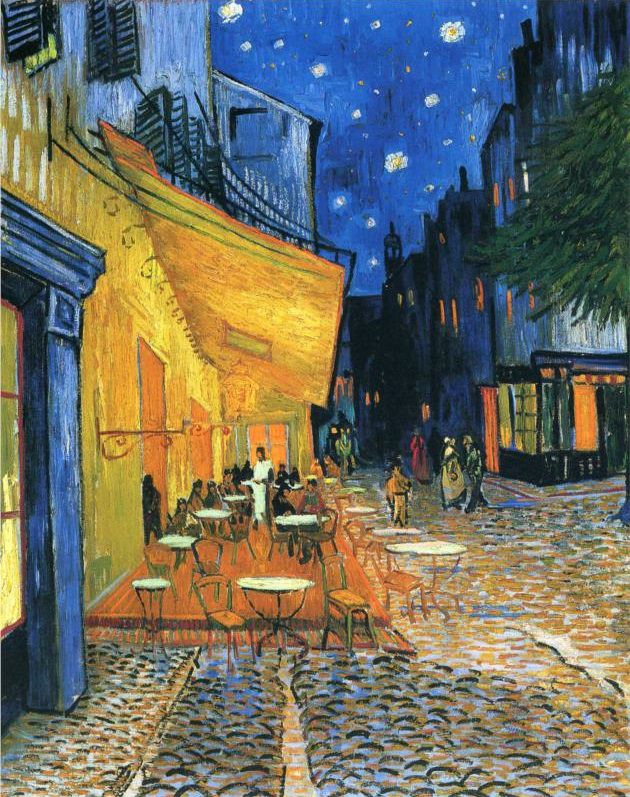LFI 2019 – Lighting and Health
Angie Kellen, Director, Client Services, Open Sky Communications
I attended LIGHTFAIR International 2019, which was held in Philadelphia last month. For those of you unfamiliar, it is the largest North American event for the lighting industry. I’ve heard it described as “Disneyland for lighting nerds.” This event includes everything that you can imagine in the lighting ecosystem, from drivers to luminaires, to lighting control systems for buildings and entire cities. This year’s theme was ‘The Synergy of Light in Life’, and from what I observed, it was an appropriate theme.
After attending several, back-to-back LIGHTFAIR events, I noticed that this year there was a big trend toward customization among the exhibiting manufacturers. Most of the drivers, fixtures, lamps and control technologies on display were designed to be adaptable to a specific room, space or application. This type of flexibility empowers buyers with the ability to tailor their lighting to exactly what they want and bring their spaces to a new level. This customization capability was also seen in the ‘lighting to improve health’ sectors. Specific LEDs developed to cut down on infection and diseases in health care and food preparation applications were popular at the show.
Also, there were many control technologies that enable you to work with the body’s natural circadian rhythm. Here is a link that provides a simple explanation of what a circadian rhythm is. Studies have shown that lighting can be a large influence on one’s circadian rhythm. In addition, other research is finding that the short-wave (415-460 nm) blue light is harmful to human eyes. Here is an article from Forbes that covers this at a high level. Thankfully, with LEDs, we can dial up the warm or healthy cool blue lighting as needed for the task at hand, while also keeping the appropriate color temperature for the workers to maintain healthy circadian rhythms. Again, with the increased customization available for LED lighting, we can provide healthy lighting for all spaces. For example, users can now program a full range of color temperatures and dimming options to adjust the LED light output throughout the course of the day. This provides a healthier, more human-centric lighting environment for interior lights that are visually comfortable and more conducive to better eye health.

While there was so much more to see at LIGHTFAIR, “The Synergy of Light in Life” was very evident in the new products and their flexibility to meet the needs of the users. With the digitization of light and all the new capabilities that are available, it’s fascinating the way retailers can display their products with vivid colors and lighting to draw you right to them. In the end, it’s the colors that capture our attention.
I am going to end this piece with a step back in time before electric lighting was a household item and provide some insight on the use of colors from our past. I think this is very interesting! This is not my writing but the introduction to Dario Camuffo’s article in LEDs Professional Magazine. Here is the link to the whole article if you are interested.
“Well-being is the state of feeling healthy and happy, a good or satisfactory condition of existence, including the emotional and psychological sphere. In 1810, Goethe published a theory based on a human-based approach, combining visual appearance with harmony, culture, sensations and psychology. His color wheel was entitled “allegorical, symbolic, mystic use of color” and was composed of six hues, i.e. red (the beautiful), orange (the noble), yellow (the good), green (the useful), blue (the common) and violet (the unnecessary). The position on the wheel was harmonically relevant and in particular the colors in opposite position generated a strong psychological contrast and were called “opposite colors”. Primary colors were yellow, blue and red, and the opposites were green, violet and orange, respectively. Goethe’s wheel and the particular matching of opposites soon became popular and was used by the Impressionism movement, especially by Vincent van Gogh and Claude Monet. In this artistic movement, the special impact given by the combination of opposite colors were deliberately aimed to create special psychological effects and sensations.”
Like the artists of the past, we are using today’s LED lighting technologies and colors to create special effects and sensations. Synergy of light in life, indeed!
